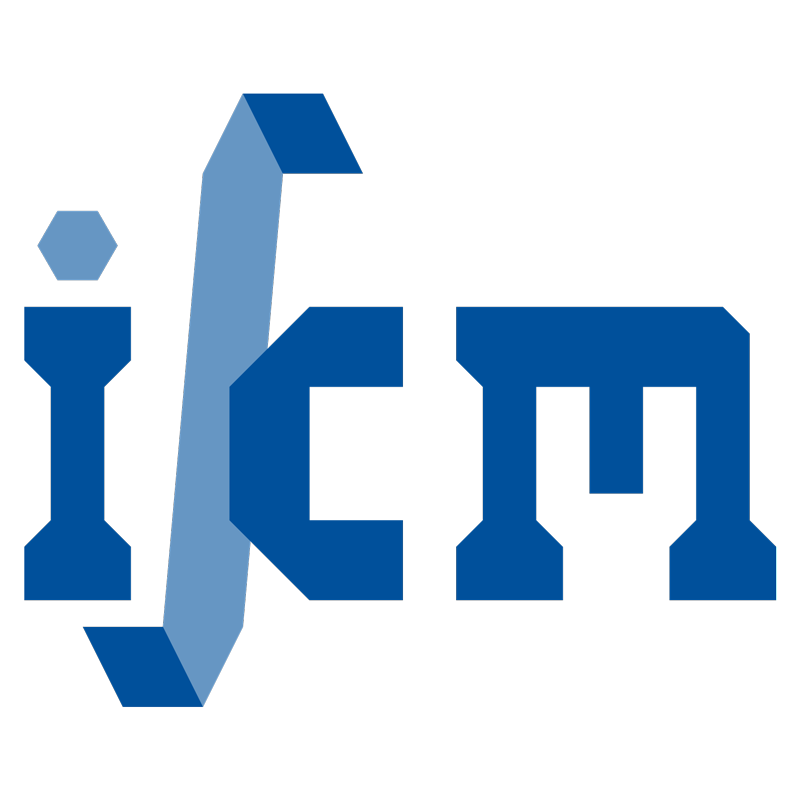High flexoelectric constants in Janus transition-metal dichalcogenides
- verfasst von
- Brahmanandam Javvaji, Bo He, Xiaoying Zhuang, Harold S. Park
- Abstract
Due to their combination of mechanical stiffness and flexibility, two-dimensional (2D) materials have received significant interest as potential electromechanical materials. Flexoelectricity is an electromechanical coupling between strain gradient and polarization. Unlike piezoelectricity, which exists only in noncentrosymmetric materials, flexoelectricity theoretically exists in all dielectric materials. However, most work on the electromechanical energy conversion potential of 2D materials has focused on their piezoelectric and not flexoelectric behavior and properties. In the present paper, we demonstrate that the intrinsic structural asymmetry present in monolayer Janus transition-metal dichalcogenides (TMDCs) enables significant flexoelectric properties. We report these flexoelectric properties using a recently developed charge-dipole model that couples with classical molecular dynamics simulations. By employing a prescribed bending deformation, we directly calculate the flexoelectric constants while eliminating the piezoelectric contribution to the polarization. We find that the flexoelectric response of a Janus TMDC is positively correlated to its initial degree of asymmetry, which contributes to stronger σ-σ interactions as the initial degree of asymmetry rises. In addition, the high transfer of charge across atoms in Janus TMDCs leads to larger electric fields due to π-σ coupling. These enhanced σ-σ and π-σ interactions are found to cause the flexoelectric coefficients of the Janus TMDCs to be several times higher than traditional TMDCs, such as MoS2, whose flexoelectric constant is already ten times larger than graphene.
- Organisationseinheit(en)
-
Institut für Photonik
Institut für Kontinuumsmechanik
- Externe Organisation(en)
-
Tongji University
Boston University (BU)
- Typ
- Artikel
- Journal
- Physical Review Materials
- Band
- 3
- Publikationsdatum
- 11.12.2019
- Publikationsstatus
- Veröffentlicht
- Peer-reviewed
- Ja
- ASJC Scopus Sachgebiete
- Allgemeine Materialwissenschaften, Physik und Astronomie (sonstige)
- Elektronische Version(en)
-
https://doi.org/10.48550/arXiv.2208.09640 (Zugang:
Offen)
https://doi.org/10.1103/physrevmaterials.3.125402 (Zugang: Geschlossen)


